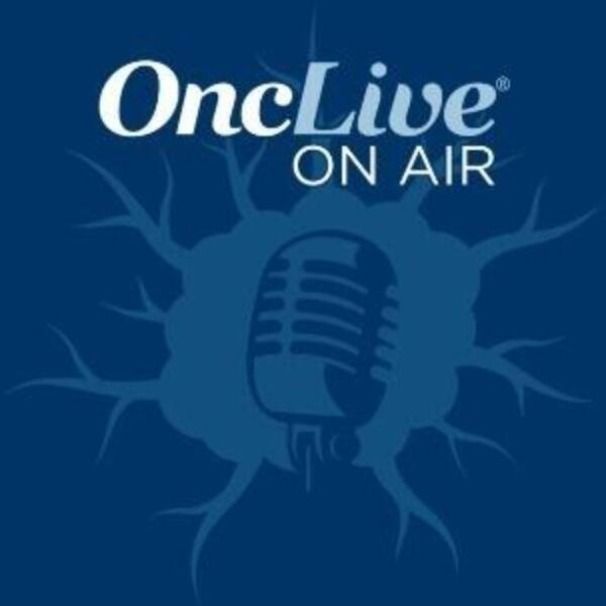Video
Efficacy of Checkpoint Inhibition in Glioblastoma
Transcript:
Andrew S. Chi, MD: Inhibitors of PD-1, PD-L1, and CTLA-4 have now been in clinical trials for glioblastoma, for a couple of years at least. They’re in various stages of clinical development, phase I through phase III. Some are being looked at as monotherapy, and others are being looked at in combination with other therapies, including chemotherapy, radiation, and, potentially, other immune checkpoints.
Very early preliminary data from the very earliest of trials indicated that there were potentially patients who would benefit. Some patients responded. However, the first large randomized clinical trial of PD-1 inhibition monotherapy was recently reported last year, in 2017. Ultimately, they did not see an improved benefit, either in survival or progression-free survival, over Avastin (bevacizumab) monotherapy. This was with a PD-1 inhibitor.
Overall, a very small percentage of patients responded. Although it did seem like the response was durable in the percentage of patients who did respond, it was a very small percentage. What it really said to us, as a field, was a couple of things. Again, this was a trial that was done in the recurrent setting. Perhaps the recurrent setting was not the right setting to be testing immunotherapy agents in? Or perhaps monotherapy with an immune checkpoint inhibitor in the recurrent setting was the issue?
The other thing is, there were a few responses. What we don’t completely understand, yet, is why those patients responded while the vast majority of patients did not. There are certainly intrinsic resistance mechanisms. Again, glioblastomas are among the most immune cold cancers that have been studied. They have a very low mutation burden relative to other cancers. They have low expression of PD-1, PD-L1, relative to other cancers, particularly ones that respond. They also have very little T-cell infiltrate. The T cells that have infiltrated in the tumor are often Tregs, or immune suppressive T cells, and other myeloid or immune cells that are in the tumor that are often suppressive to tumors, including microglia, or macrophages, or neutrophils, and myeloid-derived suppressor cells. And so, encompassing all of those factors in the tumor microenvironment really makes it unlikely that a PD-1 inhibitor, PD-L1 inhibitor, or any immune checkpoint inhibitor monotherapy will be successful against a recurrent glioblastoma.
What we’ve learned, from early experience with immune checkpoint inhibitors, is that those drugs, alone, aren’t likely enough. We need combinations. Because there are not many T cells in the tumor, we need a way to drive T cells into the tumor or to increase the number of infiltrated T cells in the tumor. There are various ways to do that. Vaccination is a strategy where T cells—particularly, antigen-educated T cells—can be driven into the tumor. Vaccination can be done through various strategies. One sort of in situ way to vaccinate the tumor might specifically be through the use of radiation. Radiation has been studied as a method to incite the immune system within the tumor, increase androgen presentation, increase MHC (major histocompatibility complex) expression, and increase the diversity of the T-cell receptor within the tumor. This might create a situation where more T cells have now arrived into the tumor, perhaps increasing the efficacy of immune checkpoint inhibitors. So, that’s an example of a combination strategy that many investigators are now looking into. Many people are developing novel therapies for glioblastoma. There are efforts to combine these immune checkpoint inhibitors with other strategies to drive T cells into the tumor.
Transcript Edited for Clarity








